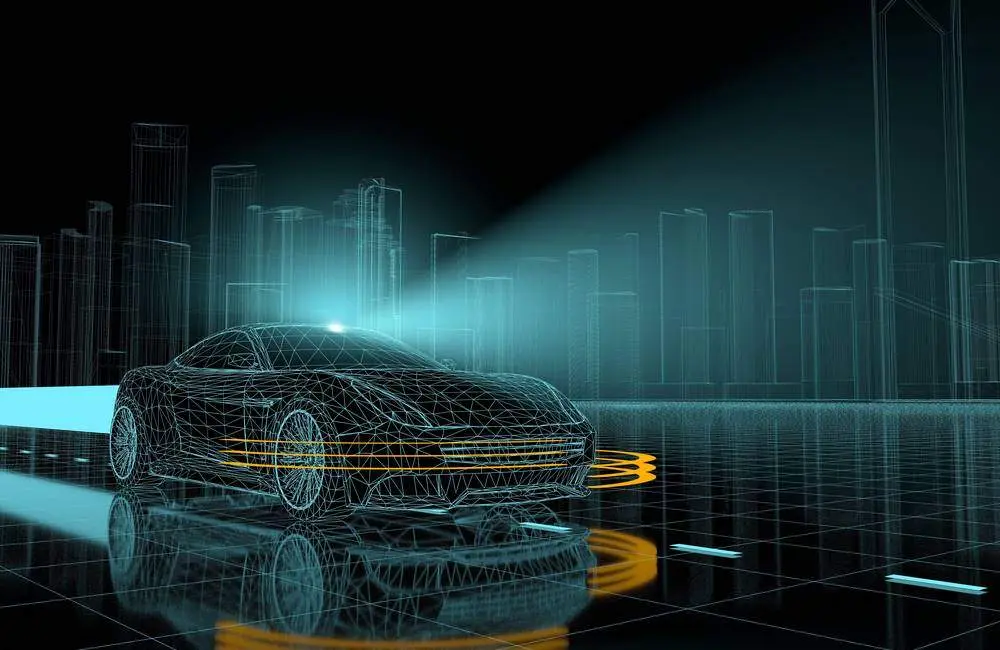Insights from the Girard School of Business and the School of Science and Engineering
What is machine learning? It’s part of our modern lingo, but what does it actually mean? The term “machine learning” was coined in 1959 by Arthur Samuel, a pioneer in computer science and artificial intelligence. He is credited with the definition as the “field of study that gives computers the ability to learn without being explicitly programmed.”
As Samuel died in 1990, he only saw the cusp of where his studies would lead in the decades after his death. Today, machine learning is part of everyday life, even if most of us don’t realize it.
Iteration at the Speed of Light
Computer scientist Tom Mitchell describes a mathematical and relational definition for machine learning, stating that “a computer program is said to learn from experience E with respect to some task T and some performance measure P, if its performance on T, as measured by P, improves with experience E.”
This definition is analogous to how humans learn. Humans are programmed to learn from experience.
Assume our task is throwing a ball into a basket five feet away. With our first toss, we throw too hard and overshoot the basket. Based on our experience, the first performance measurement tells us we did not meet the task of getting the ball in the basket. Our experience, therefore, requires us to correct with less energy for our next throw.
By repeating this process, we are, in computer terms, “training the algorithm.” Once our experience tells us we have met the task of throwing the ball into the basket, we have learned how to throw the ball into the basket. It is a process of iteration. For humans, it’s a slow process. With machine learning, this process operates at light speed.
Machine learning tasks are obviously more complex, using much more data than we use to learn to toss a ball into a basket.
Therein lies the power of modern machine learning.
The Importance of Machine Learning
Even if few of us understand how it works, the world as we know it would grind to a halt without machine learning. Mike Bradley, Program Chair of Merrimack College’s, Department of Data Science & Analytics, observes: “Global events during the first half of 2020 have accelerated a digital transformation of business that was already in process. This fundamental shift will permanently change how organizations conduct business.” Machine learning is already used across many sectors including healthcare, financial services, oil and gas, government, transportation, and retail.
A few common examples include:
- Self-driving cars. Though their common use is still years away, it is machine learning that makes self-driving cars possible.
- Online recommendations. Machine learning is how Amazon, Netflix, and Google know what you like.
- Email filtering. Email lands in our spam folder using machine learning. When we manually remove an email from our inbox and add it to our spam folder, we are helping the algorithm learn what is spam and what isn’t.
- Social networks. Social networks rely on machine learning, combined with linguistic rule creation, to analyze and monitor data input (posts, tweets, etc.), perform sentiment analysis, run chatbots, suggest “people you may know,” and more.
- Search engines. Think Google. Machine learning is how search engines refine our searches, use natural language to figure out what we’re searching for, corrects our spelling, and suggests related searches based on our past search history.
A Career in Data Science
The online Master of Data Science and Analytics degree program from Merrimack College provides students with the theory and practical knowledge to propel their careers in data science, including machine learning. While theory is important, the program emphasizes the hands-on application of data science and analytics and focuses on established approaches, key trends, and hands-on application of theoretical techniques.
Students are introduced to the fundamental operational concepts of machine learning. These concepts encompass defining broad algorithms to manipulate, process, adjust, and analyze data appropriate to its application.
Other features of the program include:
- 100 percent online courses
- Employer aligned curriculum, teaching students the practical skills employers want
- All courses are taught by experienced professionals with real experience in the field
- Earn your degree in 16 months or less
Focusing on the four key outcomes of categorization, prediction, identification, and detection, students learn the practical skills of pattern recognition within the confines of supervised and unsupervised machine learning.
